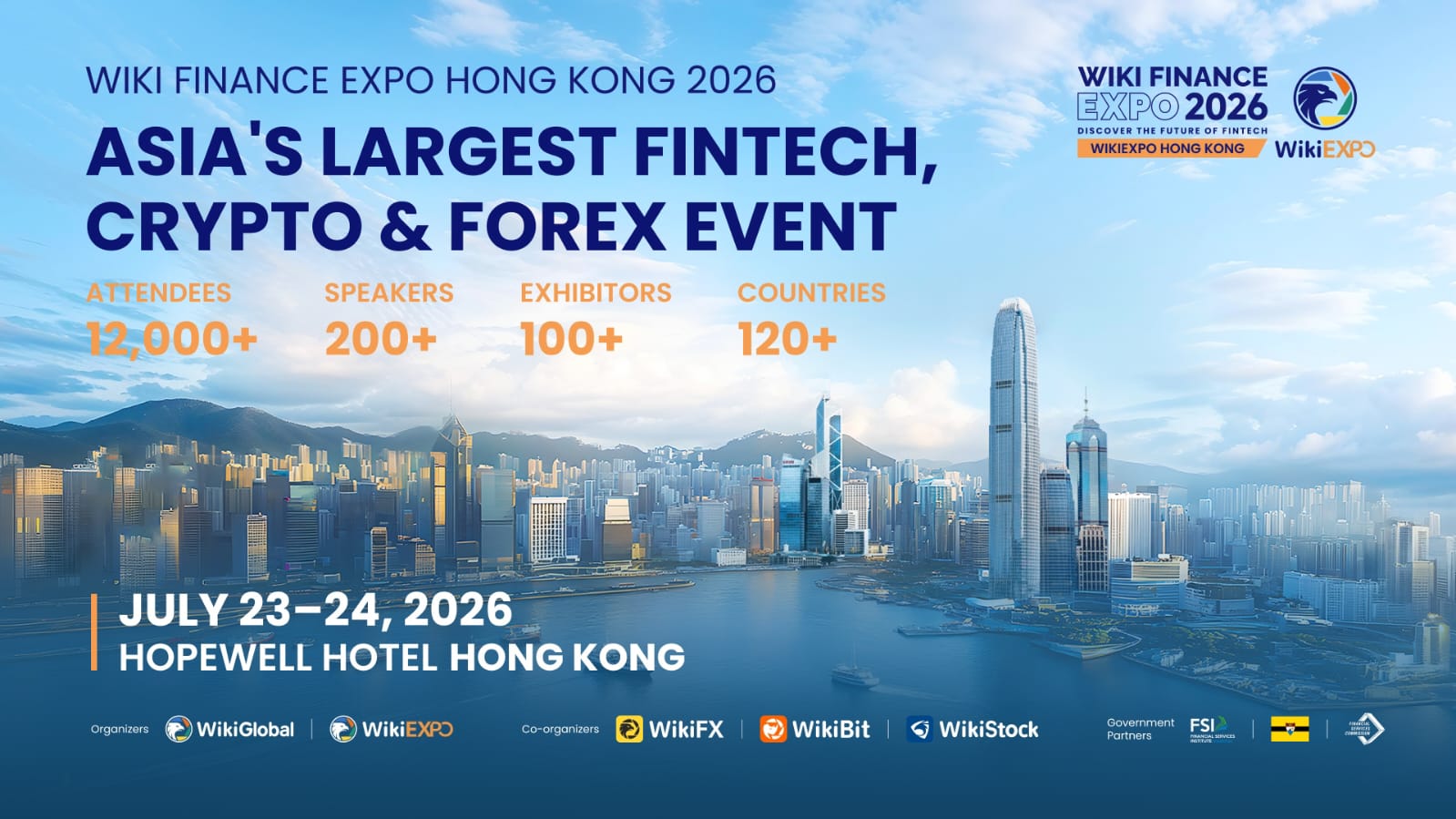Industrial policy is in vogue among policymakers globally. This column examines the shielding effect that membership of a preferential trade agreement can have when a trade partner implements a new industrial policy. The authors find that the introduction of a new industrial policy measure in a destination market reduces export growth to that market. However, exports from fellow members of preferential trade agreements are not adversely affected and may even be positively affected if the agreements have deep disciplines on subsidies.
The resurgence of industrial policy has received significant attention. For example, Juhász et al. (2023) describe the growing evidence on the domestic impact of industrial policies; Millot and Rawdanowic (2024) argue that both domestic and international spillovers must be considered; and Evenett et al. (2024) suggest that of the 2,500 industrial policy measures recorded in 2023, more than 70% were trade distorting. However, there is still limited analysis of how these measures are affecting international trade.
Consider two key observations. First, the main users of subsidy-type measures are the developed and large developing countries, i.e. the members of the G20 (Figure 1). The Made in China 2025 programme, the US Inflation Reduction Act (IRA) and CHIPS Act, and the European Chips Act are prominent examples of these policies, whose annual number has more than tripled since the mid-2010s. Measures taken by large economies could be expected to have significant spillover effects on trade with other economies.
Figure 1 New industrial Policies and GDP per capita


Sources: World Bank (2024), using the NIPO Database (Evenett et al. 2024) and World Development Indicators.
Note: Vertical axis: log of numbers of all potentially trade distortive measures from NIPO. Horizontal axis: GDP per capita in 2021 (from WDI)
The second observation concerns changes in trade patterns following the US Inflation Reduction Act (IRA) of October 2022, which granted subsidies conditional on the use of domestic content. In the period following the IRA, US imports from China and the ASEAN countries declined, while imports increased from Mexico, which was exempted from these conditions thanks to the United States-Mexico-Canada Agreement (USMCA) (Figure 2). This observation suggests that industrial policy measures can have heterogeneous effects on trade partners depending on whether trade agreements are in place.
Figure 2 Exports to the US, selected markets


Sources: US Census
Notes: Horizontal running lines (coloured) show exports to the US from China and ASEAN countries, dashed lines represents exports to the US from Mexico and the World. The data are smoothed by taking a 12-month trailing sum, and indexed to June 2018. The three vertical black lines correspond to the beginning of the trade tensions, the beginning of Covid-19, and August 2022, when the IRA the CHIPS acts were signed.
In a recent paper (Barattieri et al. 2024), we focus on two important questions: How does the implementation of industrial policies by a country affect the exports of its partners? And does sharing a preferential trade agreement with a jurisdiction implementing these measures shield against their potentially distortive trade effects?
Regarding the first question, early empirical research suggested that subsidies may limit market access, hinder industrial development, and slow down economic diversification in trade partners, especially developing countries (Nicita and Rollo 2015). Recent research suggests that industrial policy measures are positively correlated with both exports and imports of the implementing jurisdiction, but it acknowledges that the analysis may be subject to a selection bias (Rotunno and Ruta 2024). The second question, to our knowledge, has not been addressed before.
Utilising data from the Global Trade Alert, we first investigate the impact of industrial polices on trade between countries. From a theoretical standpoint, the effects of industrial policy on trade partners’ exports to the implementing jurisdiction are ambiguous, with both positive and negative outcomes possible depending on the design of the policy and the underlying economic structure. Industrial policy can enhance imports from trade partners either by boosting domestic demand (as a consumption subsidy would do) or by fostering the development of industries that complement those abroad (such as those which produce essential inputs). Conversely, industrial policies can negatively impact trade by boosting domestic production (as a production subsidy would) or directly, by discriminating against imports through protective measures such as tariffs, quotas, and stringent standards.
We then investigate how preferential trade agreements (PTAs) influence the impact of industrial policies. Since the second half of the 20th century, PTAs have been a significant feature of global trade, with their scope and depth increasing over the decades. While pre-1995 agreements were primarily focused on reducing tariffs, more recent agreements are considered ‘deep’ because they cover trade and investment in both goods and services as well as intellectual property rights, and a wider set of measures, including subsidies and labour and environmental standards.
When countries are involved in a PTA, the dynamics of how industrial policy affects trade flows can differ, generally fostering more positive outcomes for members. Most pertinently, PTAs can include rules on the types of industrial support allowed and the eligibility conditions (such as local content rules) that can be applied. These rules may alleviate the negative impact of industrial policies on imports from members.
We combine data for the period 2012-2022 on detailed product level bilateral trade, industrial policy (IP) announcements, and rules on subsidies in different PTAs. The econometric analysis controls for various confounding factors, and it yields three main conclusions (Figure 3 summarises in graphical form the main results). First, the introduction of a new industrial policy measure in a destination market reduces export growth to that market on average by about 0.28%.
Second, exploring the interaction of industrial policy and the existence of a preferential trade agreement, we find that a newly introduced industrial policy measure reduces imports from non-members of a PTA while leaving imports from members of the PTA roughly unchanged.
Third, using a measure of the depth of disciplines on subsidies in a PTA, we find that deep disciplines can lead to increased imports from members of a deep trade agreement, effectively making them beneficiaries of industrial policy. For a level of depth equal to that in the top 5% of the PTAs in the sample, the introduction of an industrial policy measure increases imports from other members by about 0.39%. These effects are robust to alternative econometric specifications, and to the exclusion of potential outliers.
We suggest that PTAs provide a shielding effect against the potentially distortive trade effects of discriminatory industrial policies. This shielding effect appears to be heterogeneous across products and regions: it is more pronounced in industries such as chemicals and transport equipment, and for advanced and developing East Asian economies.
Figure 3 Baseline results


Sources: Barattieri et al. (2024).
Our work highlights two sets of concerns about muscular industrial policy action by globally significant economies. First, we confirm a conventional concern that subsidies limit access to markets. When these markets are large, the repercussions are likely to be global and the negative effects cannot be avoided by exporters. Two decades ago, agricultural subsidies in large developed markets provoked the most concern. Now we also need to consider the implications of industrial subsidies for industrial development and economic diversification in trade partners, especially developing countries.
Second, we identify a new concern arising from the combination of industrial policy and PTAs. Non-members of PTAs already faced the cost of exclusion, as PTAs preferentially reduced explicit trade barriers like tariffs through reciprocal liberalisation and implicit barriers like technical regulations through mutual recognition and harmonisation. Now, exporters from non-member states are further disadvantaged relative to producers within the PTAs that are shielded from the adverse impact of industrial policies.
A broader concern relates to the likely evolution of the global trading system. The synergy between PTAs and proactive industrial strategies could create a more insular and protectionist global trading environment clustered in blocs. The blocs may prioritise internal economic goals over global trade norms and set higher barriers that further isolate non-members.
Future research on these topics should aim to address at least three issues. First, the availability of more granular data would overcome the limitations of the currently available datasets. Second, it is important to address more convincingly the potential endogeneity of the industrial policy measures. Finally, better data and more refined methodologies should also be directed at investigating channels so far unexplored, such as the role played by global value chains and production networks in the propagation of the trade effects of industrial policies.
Source : VOXeu





































































